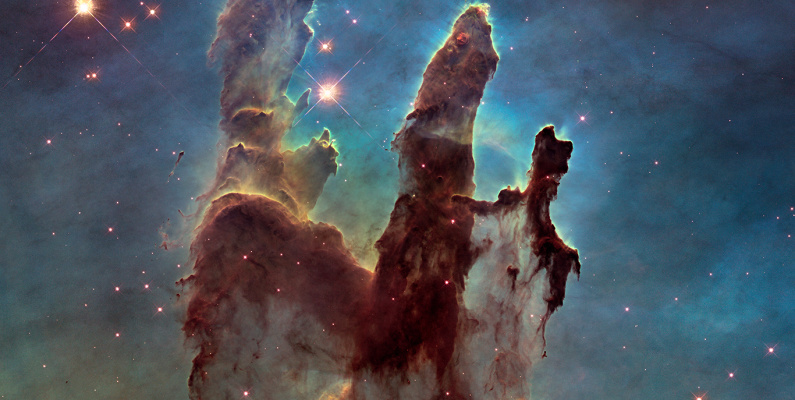
Welcome to the Sky Guide, your monthly guide to what's happening in the heavens!
Check out the printable version here: September-Sky-Guide.pdf
|
MOON MARAMA PHASES: |
SUN RĀ RISE / SUNSET |
|||
|
Phase
3rd Quarter New Moon 1st Quarter Full Moon |
Date
Monday 3 Monday 10 Monday 17 Tuesday 25 |
Date
Saturday 1 Saturday 15 Sunday 30 (Daylight saving) |
Rise
7.08am 6.41am 7.12am |
Set
6.08pm 6.25pm 7.44pm |
|
Planets Whetū Ao: |
|
|
|
|
Venus Meremere-tū-ahiahi Early September before 9.49pm Mid September before 9.51pm Late September before 10.30pm |
Mars Matawhero Early September before 5.31am Mid September before 4.48am Late September before 4.49am |
Jupiter Hine-i-tīweka Early September before 11.40pm Mid September before 10.56pm Late September before 11.11pm |
Saturn Pareārau Early September before 3.18am Mid September before 2.24am Late September before 2.26am |
|
In Virgo |
In Capricornus |
In Libra |
In Sagittarius |
SEPTEMBER HEPETEMA HIGHLIGHTS
Centaurus and Lupus
To the ancient Greeks, the constellation Centaurus was associated with Chiron, the leader of the centaurs. These mythical creatures were half-man and half-horse, and nearly all were aggressive and warlike. In contrast, immortal Chiron was considered wise and kind. He was released from his immortality and placed in the heavens by Zeus, after being accidently shot by a poisoned arrow.
To find Centaurus, first find Alpha (labelled Rigil Kentaurus on the star chart) and Beta Centauri. These two bright stars mark the centaur’s front legs. Lupus, which means “the wolf” in Latin, can be seen just north of these stars.
Ophiuchus and Serpens
Ophiuchus means “serpent-bearer” in Greek and is typically depicted as a man holding a snake, represented by the constellation Serpens. Ophiuchus is most frequently associated with Apollo’s son Asclepius who, after watching a snake revive another snake with healing herbs, was able to bring people back from the dead. Fearful of his powers, Zeus killed Asclepius but threw him into the sky to honour his gift.
While Ophiuchus is a very large constellation, it contains no bright stars and is often overlooked. To find Ophiuchus, first locate Scorpius and then scan north-west to find Serpens and Ophiuchus.

Image: The Ophiuchus constellation from Uranographia by Johannes Hevelius. Public Domain Mark.
Eagle Nebula
This 5.5-million-year-old nebula in the Serpens constellation is thought to have multiple star-forming regions, where stars like our sun are born. Of particular note is the iconic Pillars of Creation, which was made famous by the Hubble Space Telescope in 1995. Although evidence suggests that the pillars may have been destroyed by a supernova 6000 years ago, we likely won’t witness their demise for another 1000 years because of the time it takes for light to travel from them to Earth.
The brightest stars and surrounding gas of the Eagle Nebula can be viewed with just a pair of binoculars or a telescope, however the pillars will only be visible in optimum conditions or with more powerful equipment. Find Epsilon Sagittarii, the brightest star in Sagittarius, and draw a line to the north. Follow this line down until you find the Eagle Nebula just south of the tail of Serpens.
Top image: The Pillars of Creation in the Eagle Nebula. By NASA, Jeff Hester, and Paul Scowen (Arizona State University). Public Domain Mark.
